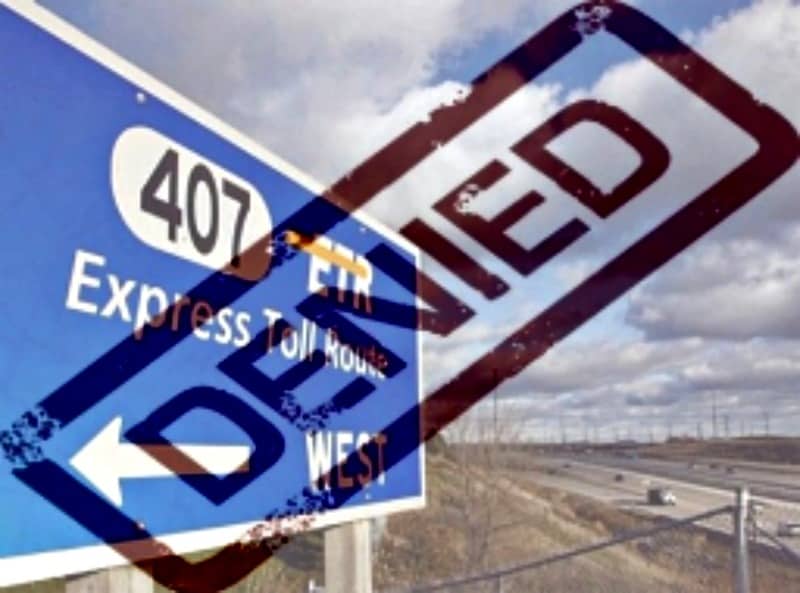CRA phone scam is so popular
Our blog about the CRA phone scam titled: CANADA REVENUE AGENCY SCAMS: IF YOU READ ONE ARTICLE, READ THIS ONE is one of our most viewed. Since it is so popular, we thought we would put together a short video on the topic as well.
There are many fraud types, including new ones invented daily. CRA’s website warns Canadians about the CRA phone scam, which is also sometimes called the India scam. The Toronto Star also published a story on this topic: Beware phony CRA tax owing calls. The problem is rampant.
Stay wary and vigilant to not fall for the CRA phone scam
Taxpayers must be vigilant when they receive, either by telephone (including voicemail), mail, text message or email, a fraudulent communication that claims to be from the Canada Revenue Agency (CRA) requesting personal information such as a social insurance number, credit card number, bank account number, or passport number.
These scams, increasingly a scam phone call, may insist that they need this personal information so that the taxpayer can receive a refund or a benefit payment. Cases of fraudulent communication could also involve threatening or coercive language, including threats of prosecution for tax evasion, to scare people into paying fictitious debt to the CRA. Other communications urge taxpayers to visit a fake CRA website where the taxpayer is then asked to verify their identity by entering personal information. These are scams and taxpayers should never respond to these fraudulent communications or click on any of the links provided.
Educate yourself so that you do not fall prey to the CRA phone scam
To identify communications not from the CRA, be aware of CRA’s guidelines.
If you receive a call saying you owe money to the CRA, you can call the real CRA taxation office or check your CRA online “My Account” to be sure. If you have signed up for online mail (available through My Account, My Business Account, and Represent a Client), the CRA will do the following:
- send a registration confirmation email to the address you provided for online mail service for an individual or a business; and
- send an email to the address you provided to tell you when new online mail is available to view in the CRA’s secure online services portal.The CRA will not do the following send email with a link and ask you to divulge personal or financial information.
If you have too much debt, contact us
If you are an individual or company who needs to free themselves from the stress and strain of too much debt, and especially if you have been told your situation is hopeless, Ira Smith Trustee & Receiver Inc. can prepare and carry out the plan made just for you, to free you from the burden of your financial challenges to go on to live a productive, stress-free, financially sound life.
If you’re experiencing serious debt issues with the CRA, or for any reason, contact a professional trustee for a free, no obligation consultation. The Ira Smith Team does not try to write new insolvency law or tax law. Rather, we will evaluate your situation within the existing statutes, and help you to arrive at the best possible solution for your problems, whether that solution is a bankruptcy alternative like credit counselling, debt consolidation or a consumer proposal or bankruptcy. Starting Over, Starting Now you can be debt free with the help of a professional, licensed trustee in bankruptcy. Contact us today.






 What defines the middle class in Canada?
What defines the middle class in Canada?



